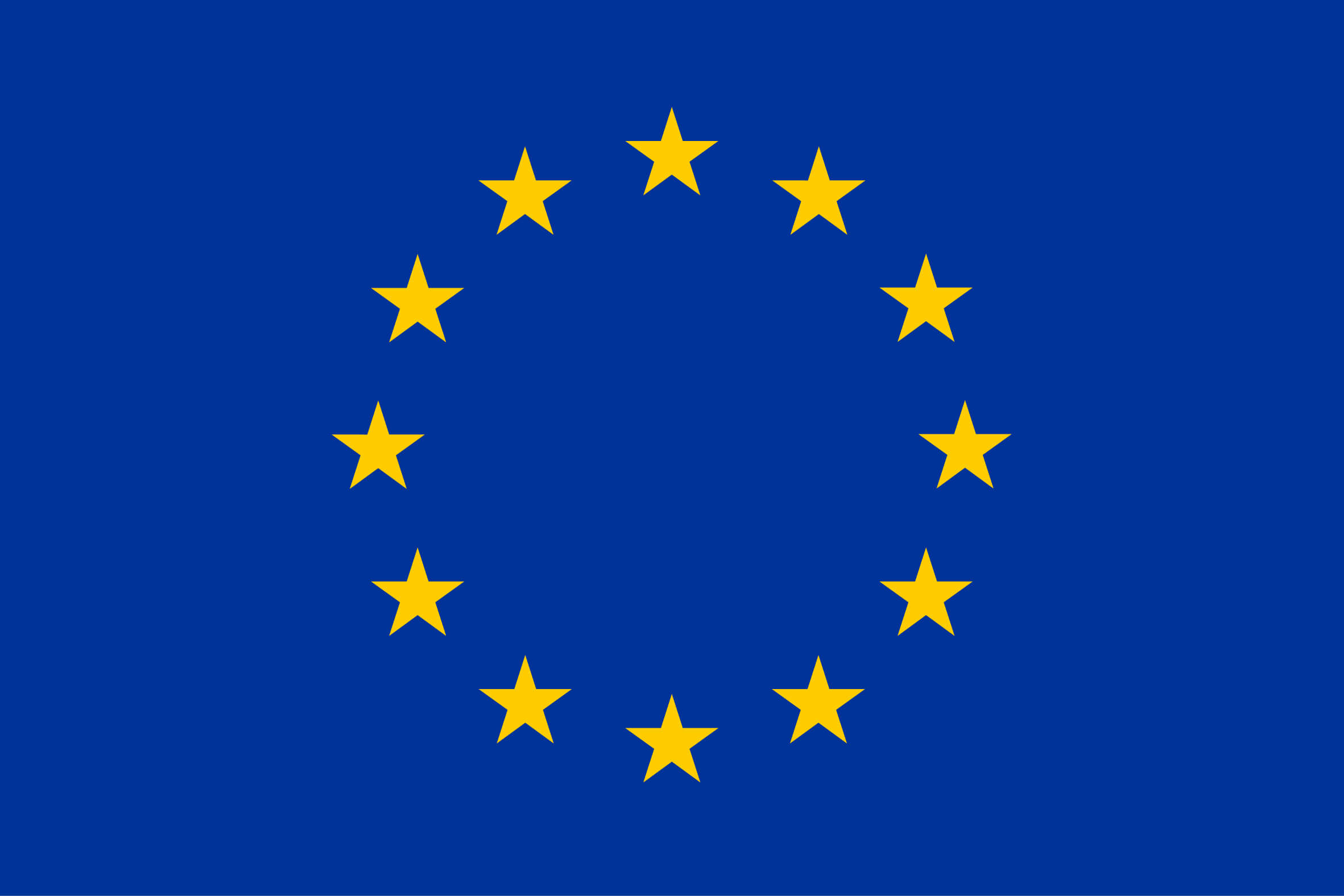EUROPART: EUROpean research program for the PARTitioning of minor actinides and some long-lived fission products from high active wastes issuing from the reprocessing of spent nuclear fuels
EUROPART (EUROpean research program for the PARTitioning of minor actinides and some long-lived fission products from high active wastes issuing from the reprocessing of spent nuclear fuels) was a four year joint European research project focused on developing methods for partitioning minor actinides (i.e. Np, Am, Cm) and some fission products from nuclear fuels, and addressing related challenges.
Overview
Project Dates: 01/01/2004 – 30/06/2007
Project Status: Closed
Website: N/A
Minor actinides, particularly americium, curium and californium, contribute significantly to the long-term radiotoxic inventory of most spent nuclear fuels. The quantity of material that must be committed to a geological disposal facility might be substantially reduced or consolidated by partitioning the minor actinides and treating them separately. Partitioned minor actinides could subsequently be transmuted into short-lived or stable nuclides (the Partition and Transmute or P&T strategy) or conditioned into a stable matrix (the Partition and Condition or P&C strategy).
The focus of EUROPART was on the development of partitioning methods for potential future P&T or P&C processes. Its sister project, EUROTRANS, focused on transmutation technologies.
The EUROPART project was the merged continuation of the PARTNEW, CALIXPART and PYROREP projects. The project made significant progress toward the economical separation of actinides (An) and lanthanides (Ln). It was succeeded by the ACSEPT project, which furthered its development work on partitioning technologies.
Objective
The main objectives of the EUROPART project were:
- the development of methods for the separation of individual minor actinides that are contained in aqueous nuclear wastes issuing from the reprocessing of uranium oxide (UOX) or mixed-oxide (MOX) nuclear spent fuel; and,
- the development of methods for the separation of grouped actinides for recycling, e.g. in an accelerator-driven system following the double-strata advanced fuel cycle concept.
The research under EUROPART considered two categories of partitioning techniques, hydrometallurgy (solvent or chromatographic extraction methods) and pyrometallurgy (dissolution and separation in molten halide salts or liquid metals).
The objectives of the EUROPART research related to hydrometallurgy were:
- Definition of processes for the joint partitioning of trivalent actinides, from Am to Cf that are contained within aqueous highly active raffinates (HAR) and/or highly active concentrates (HAC) issuing from the reprocessing of nuclear fuels, such as high burn-up UOX and MOX.
- Definition of processes for the individual separation of the trivalent Am/Cm/Bk/Cf ions from the product generated by the first processes.
- Definition of reprocessing processes for the treatment of spent fuels from advanced dedicated nuclear systems, such as those of the “double strata concept”, i.e. an Accelerator Driven System (ADS).
- Definitions of methods for the co-conversion of An for fuel or target preparation.
The objectives of the EUROPART research related to pyrometallurgy were:
- Determination of basic properties of An in molten halides that are the media to be selected for the development of pyrometallurgical partitioning processes.
- Definition of partitioning processes of An from high level wastes issued from the reprocessing of UOX and/or MOX spent fuels by the PUREX process.
- Definition of processes for advanced dedicated fuel cycles.
- Definition of conditioning methods for the wastes to be generated by the partitioning processes.
- Definition of the overall organisation of the methods to be implemented within pyrometallurgical partitioning processes.
Results
For hydrometallurgy, the main achievements included:
- A number of new organic molecules were designed and tested for the co-extraction of An(III) and Ln(III). Tests were also performed on known extractants such as DMDOHEMA or TODGA.
- A counter current flowsheet was designed for the “TODGA/TBP” mixture and successfully tested on genuine PUREX raffinate, proving the scientific feasibility of the concept.
- New bis-diglycolamides were synthesised and showed up as promising co-extractants.
- A new reference N-polydentate ligand, CyMe4BTBP, was defined for the An(III)/Ln(III) separation step.
- New calixarene derivatives, podants and cosans extractants were prepared.
- Three conversion methods were studied with good results:
- Internal gelation.
- External gelation.
- Co-precipitation.
For pyrometallurgy, the main achievements included:
- Study of the basic properties of actinides and some fission products in molten salts (halides) and liquid metal solvents.
- Two processes for the separation of actinides from lanthanides were selected, and tested at the laboratory-scale:
- Electrorefining on a solid aluminium cathode in molten chloride.
- Liquid-liquid reductive extraction in liquid aluminium-molten fluoride.
- Two complementary techniques for the decontamination of spent chloride salts from electrorefining were studied:
- Zeolite ion-exchange.
- Phosphate precipitation.
- For the conditioning of the spent molten salts, several conditioning matrices were studied including:
- Sodalite.
- Pollucite.
- System studies were performed for different fuel cycle concepts:
- Double strata concept with an ADS in the second stratum.
- Integral Fast Reactor (IFR).
- Molten Salt Transmutation Reactor (MSTR).
Many of the achievements of the EUROPART project were subsequently further exploited in the ACSEPT Collaborative project under the Seventh Framework Programme.


